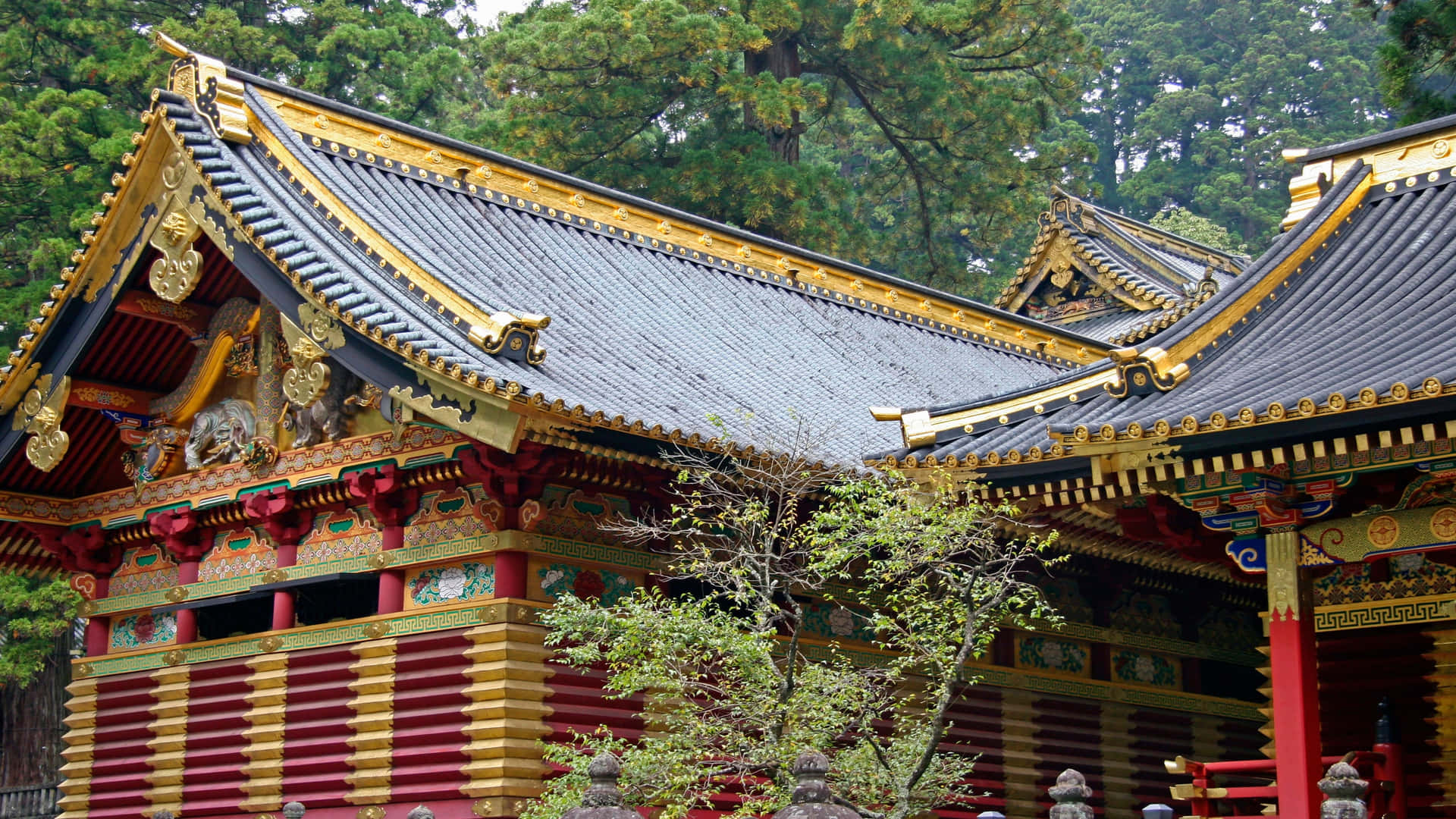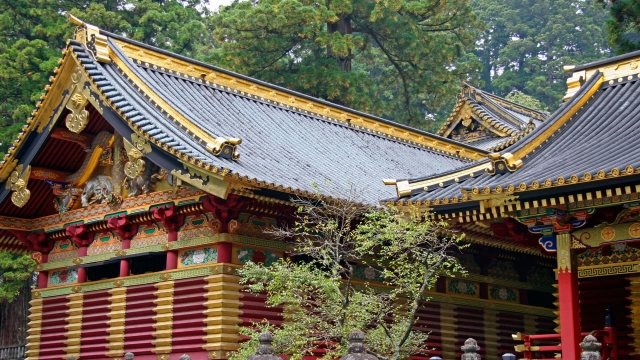
Shinto shrines, scattered across the picturesque landscapes of Japan, invite visitors to experience a profound connection to the spiritual world. These sacred spaces, with their unique architecture and tranquil surroundings, serve as a bridge between the natural and the divine. Each shrine tells a story, echoing the whispers of ancient traditions and the reverence for kami, the spirits that inhabit all aspects of life.
As one walks through the iconic torii gates and feels the gentle rustle of leaves overhead, a sense of peace envelops the soul. Shinto shrines are more than just places of worship; they are sanctuaries of beauty where history, culture, and spirituality intertwine. This exploration of Shinto shrines offers not only a glimpse into the Japanese ethos but also a chance to reflect on our own relationship with nature and the unseen forces that shape our existence.
Historical Significance of Shinto Shrines
Shinto shrines have played a pivotal role in the cultural and religious landscape of Japan for centuries. Dating back to at least the early centuries of the Common Era, these sacred spaces were established to honor kami, the spiritual beings revered in Shintoism. Over time, shrines became centers of community life, where people gathered not only for worship but also for rituals that marked important agricultural and seasonal events. This connection to nature and the cycles of life deepened the relationship between the Japanese people and their environment.
The architectural style of Shinto shrines reflects their historical significance as well. Distinctive features, such as the torii gate and the honden (main hall), symbolize the transition from the mundane to the sacred. Many shrines are constructed using natural materials, highlighting the Shinto belief in living harmoniously with the environment. As the centuries progressed, the evolution of shrine architecture mirrored the changes in Japanese society, adapting to different periods while preserving essential spiritual traditions.
In addition to their religious functions, Shinto shrines have also been significant in the formation of Japanese identity. They embody a rich tapestry of local customs and folklore, helping to foster community bonds and a sense of belonging. With the rise of nationalism during the Meiji period, shrines gained prominence as symbols of cultural heritage, reinforcing the connection between spiritual practices and national identity. Today, Shinto shrines continue to invite visitors from around the world, offering a glimpse into Japan’s profound spiritual history and enduring traditions.
Architecture and Design Elements
The architecture of Shinto shrines is characterized by its unique simplicity and harmonious integration with nature. Typically built with natural materials such as wood, these structures exhibit a distinct aesthetic that emphasizes beauty in understated forms. The use of curved and straight lines, along with thatched roofs, creates an organic flow that mirrors the surrounding environment. Each shrine is carefully positioned to respect the sacredness of the natural landscape, reinforcing the Shinto belief in the kami, or spirits, that inhabit the world around us.
One of the most defining features of Shinto shrine design is the torii gate, which marks the entrance to a sacred space. These gates symbolize the transition from the mundane to the divine and come in various styles, each reflecting regional influences and historical periods. The both simple and elaborate designs of torii gates, with their distinct colors—often vermilion—instantly convey a sense of reverence and purity. This threshold invites visitors to engage in a spiritual journey, setting the tone for their experience within the shrine grounds.
Furthermore, the layout of shrine complexes often follows a specific spatial organization that enhances the spiritual atmosphere. This layout includes the main hall, or honden, which houses the kami and serves as the focal point for worship. Surrounding the honden are various auxiliary structures, such as prayer halls and purification troughs, arranged in a way that encourages reflection and connection with the divine. The meticulously maintained gardens and pathways create serene spaces for contemplation, reinforcing the idea that spiritual beauty lies in a balance with nature.
Sacred Rituals and Practices
At the heart of Shinto shrines lies a rich tapestry of rituals and practices that have been passed down through generations. These sacred activities often revolve around purification, offerings, and prayers, reflecting an intrinsic connection to nature and the divine. Visitors observe priests engaging in elaborate ceremonies, where simple gestures become profound expressions of devotion. The act of purification, or misogi, is particularly significant, as it symbolizes cleansing from impurities before approaching the kami, the spirits revered in Shinto belief.
The offerings made at shrines, known as shinsen, typically include rice, salt, and sake, representing gratitude and respect towards the kami. Each offering is carefully placed on an altar, accompanied by heartfelt prayers, with the hope of receiving blessings in return. Special festivals, or matsuri, enhance the spiritual experience, showcasing vibrant processions, traditional music, and dances that celebrate the seasonal cycle and the community’s connection to its sacred environment.
Engaging with these rituals not only fosters a sense of belonging but also promotes mindfulness and reflection among participants. Whether one is a devoted practitioner or a curious visitor, the atmosphere at a Shinto shrine invites contemplation and spiritual renewal. This deep interaction with ritual underscores the spiritual beauty inherent in Shinto practices, drawing individuals into a timeless dialogue with the ancients and the natural world surrounding them.
Cultural Impact and Preservation
Shinto shrines are not just places of worship; they are vital cultural symbols that reflect the spiritual and historical essence of Japan. These shrines serve as architectural marvels, showcasing traditional craftsmanship and design that have been passed down through generations. Each shrine is imbued with its own unique significance, often tied to local legends, deities, and festivals that foster a sense of community and continuity. The rituals and practices associated with these shrines provide a link to the past, allowing contemporary society to engage with a rich tapestry of traditions.
Famous Shrine In Japan
Preservation efforts for Shinto shrines have become increasingly important in the face of modern challenges. Many shrines are over a century old and require careful maintenance to ensure their longevity. This involves not just physical restoration, but also the safeguarding of the rituals and festivals that animate these sacred spaces. Local communities often spearhead these initiatives, working in partnership with government bodies and cultural organizations. By engaging younger generations in the significance of Shinto practices, there is hope for the continuation of these ancient traditions.
Internationally, Shinto shrines have piqued the interest of scholars, tourists, and spiritual seekers, fostering a greater understanding of Japanese culture. The aesthetic and serene qualities of these shrines attract visitors from around the world, contributing to cultural exchange and appreciation. As global awareness of Shinto shrines grows, so does the responsibility to preserve their significance and integrity for future generations, ensuring that the whispers of the ancients continue to resonate in an ever-evolving world.






Recent Comments